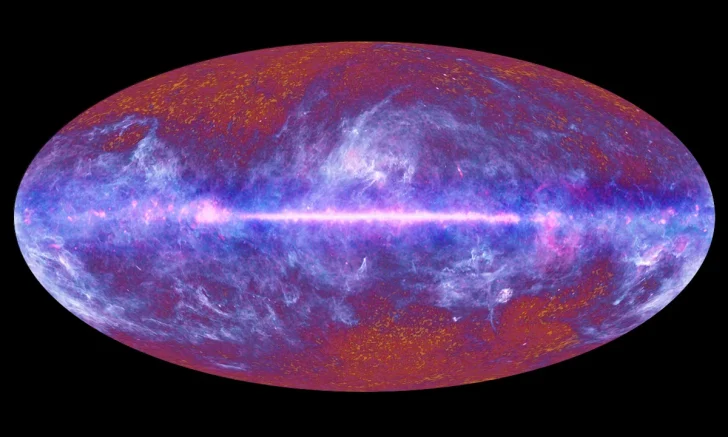The Missing Byron problem stumped scientists for years. They knew something was off. The numbers didn’t add up. Ordinary matter, the kind that makes up stars, planets, and people, was missing. Not just a little, but about a third of it. The math said it should be there, but telescopes couldn’t find it. Now, that mystery has finally been cracked wide open.
Using powerful flashes of cosmic radio light called fast radio bursts, or FRBs, scientists have tracked down the missing matter. It is not hiding in galaxies or stars. Instead, it is hanging out in the vast spaces between galaxies, in what is called the intergalactic medium.
Turns out, that is where most of the universe’s regular stuff has been all along.
What is the ‘Missing Byron Problem’?
The Missing Byron mystery goes back to the 1990s. Physicists could measure how much ordinary, or baryonic, matter the universe should have. But when they looked at stars, gas, and galaxies, they only found about two-thirds of it. That left a big question: where is the rest?
This was not dark matter or dark energy. Those are separate beasts. The missing stuff was just regular atoms, the kind that make up everything we can see and touch. Scientists called this gap the “missing baryon problem,” but it got rebranded online by some as the “Missing Byron” problem. Same issue. Big hole in the data. For decades, nobody could find the rest.
This is where fast radio bursts come into play. These things are short. Milliseconds short. But they pack a punch. FRBs travel across billions of light-years, and along the way, they interact with matter. The radio waves slow down slightly as they pass through gas and dust. That delay tells us something important: how much stuff they moved through.

History Geek / By measuring 69 different FRBs, scientists were able to figure out how dense the space between galaxies is.
One burst, named FRB 20230521B, traveled a jaw-dropping 9.1 billion light-years. That gave researchers a ton of new data. The math showed that 76% of the missing ordinary matter is in the intergalactic medium. Finally, the numbers added up.
So, Where Exactly is All This Matter?
About 76% of the universe’s baryonic matter is in the IGM. That is the hot, thin gas floating in the giant gaps between galaxies. Another 15% sits in galactic halos, the cloudy regions surrounding galaxies. And just 9% is in the stuff we are familiar with. Like stars, planets, and cold gas.
This explains why the missing matter was so hard to spot. The gas in the IGM is super spread out and faint. Standard telescopes couldn’t catch it. It is like trying to see fog across the whole sky using a flashlight. You might get lucky, but mostly you just miss it. FRBs gave scientists a better flashlight.
Simulations Predicted This, Now We’ve Confirmed It
Back in the early 2000s, simulations like IllustrisTNG suggested this is where the missing matter was hiding. These computer models showed that as galaxies form, they shoot out gas into the intergalactic medium. Supermassive black holes play a part, too, blasting matter out into space during high-energy events.

The News / Thanks to FRBs, we now know those predictions were right. The data lines up almost perfectly.
That means we are not just finding the missing stuff. We are also proving that our models of how galaxies form and evolve are solid. That is a big deal for astrophysics.
Solving the Missing Byron problem gives scientists a powerful new tool. FRBs can now be used to map the invisible structure of the universe, the so-called ‘cosmic web.’ This helps us understand how galaxies grow, how matter moves, and even gives clues about neutrinos and other weird particles.
